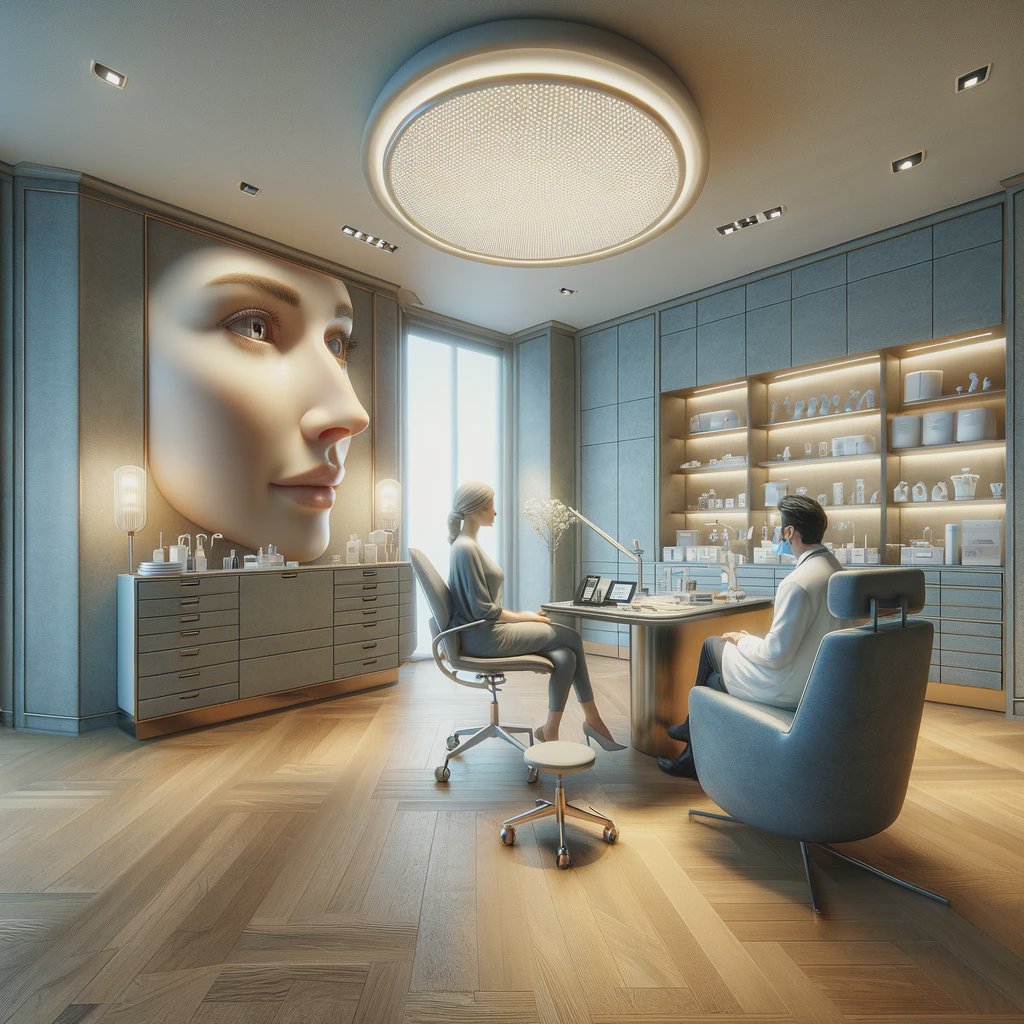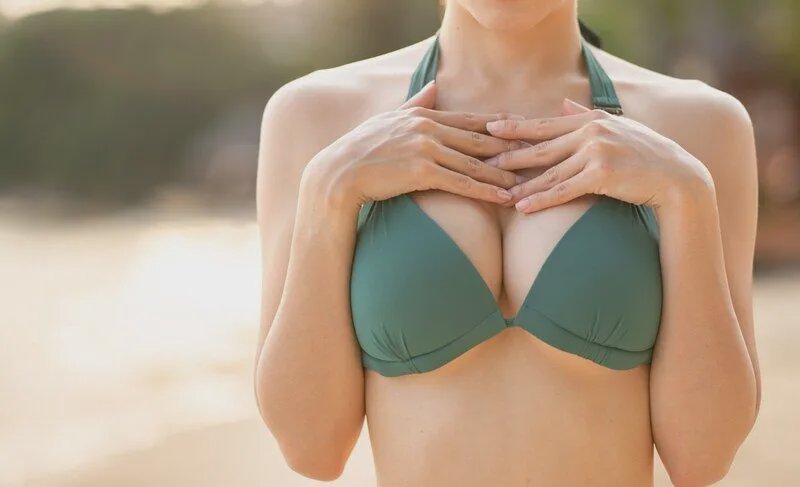Verified
Education is the foundation of successful transformation and recovery in aesthetic medicine.

Explore the most common questions about rhinoplasty (nose reshaping surgery) to help you make informed decisions about this transformative procedure.
Rhinoplasty, commonly known as a nose job, is one of the most sought-after cosmetic procedures. It's not just about aesthetics; it can also correct functional issues. This article delves into frequently asked questions to provide you with detailed insights into rhinoplasty.
Rhinoplasty is a surgical procedure to change the shape and size of the nose. It can enhance facial harmony, correct breathing issues, or repair deformities from injury or birth.
Ideal candidates are individuals looking for improvement, not perfection, in the appearance of their nose. Those with complete facial growth, generally 17 years and older, and in good physical health can consider this procedure.
Recovery varies, but typically, patients may experience swelling and bruising around the eyes and nose, which improves within the first week. Complete healing can take up to a year. It's crucial to follow your surgeon's aftercare instructions for optimal results.
Yes, rhinoplasty can correct structural issues like a deviated septum, enhancing nasal function and making breathing easier. That type of procedure is called rhino-septoplasty or functional rhinoplasty.
The procedure usually takes 1 to 3 hours, depending on the complexity. It's generally an outpatient procedure if there is a small corrections, meaning you can go home the same day. But in most cases, the Rhinoplasty is tarcted as a serious surgical operation which requires qualified postoprative care.
While rhinoplasty is generally safe and successful, as with any surgical procedure, it carries certain risks. Being aware of these risks helps in making an informed decision: Anesthetic Risks: As with any surgery requiring anesthesia, there's a small risk of adverse reactions, including allergies, respiratory issues, and in rare cases, anesthesia-related complications. Bleeding: Postoperative bleeding can occur, though it's typically minimal. It's important to follow pre-surgical advice, like avoiding blood-thinning medications, to minimize this risk. Infection: Although the risk of infection is low, it still exists. If signs of infection such as increased redness, swelling, or pain are noticed, it's crucial to consult your surgeon immediately. Nasal Septal Perforation: Rarely, a hole in the nasal septum can occur, which might require additional surgery to repair. It can cause chronic nosebleeds, crusting, and difficulty breathing. Difficulty Breathing: Some patients may experience temporary or, rarely, permanent breathing difficulties after rhinoplasty due to changes in the structure of the nose. Unsatisfactory Results: There's a possibility that the outcome may not meet expectations, necessitating revision rhinoplasty. This includes issues like asymmetry, persistent deformity, or undesired aesthetic appearance. Scarring: While incisions in rhinoplasty are typically well-concealed, there is a risk of visible scarring, especially in procedures involving external incisions. Numbness: Temporary numbness around the nose or upper lip is common, but it usually resolves within a few months. In rare cases, it could be longer-lasting. Prolonged Swelling and Bruising: While some swelling and bruising are expected, in some cases, these can be more significant and last longer than anticipated. Psychological Impact: It's important to be mentally prepared for the changes in appearance and the recovery process. In some cases, individuals may have difficulty adjusting psychologically to their new appearance. It's crucial to discuss all potential risks and complications with your plastic surgeon during the consultation phase. A thorough understanding of these risks is essential for a well-informed decision about undergoing rhinoplasty.
Rhinoplasty is a personal decision and should be considered carefully. If you're considering this procedure, consult with a board-certified plastic surgeon to discuss your goals and expectations.






